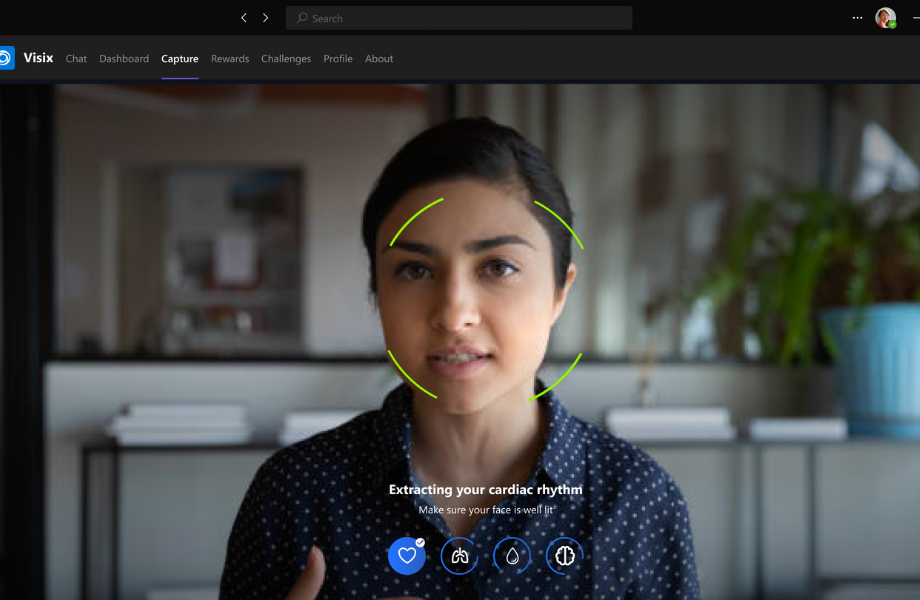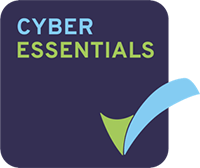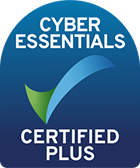Non-contact vital signs monitoring has revolutionized the healthcare industry in recent years, providing several benefits over traditional contact-based methods. As the world grapples with the COVID-19 pandemic, non-contact vital signs monitoring has become even more important, as it allows healthcare professionals to monitor the health of patients without coming into direct contact with them. In this article, we will discuss the benefits and challenges of non-contact vital signs monitoring.
Benefits of Non-Contact Vital Signs Monitoring
1. Increased Safety
One of the most significant advantages of non-contact vital signs monitoring is that it ensures the safety of both patients and healthcare professionals. In traditional contact-based methods, healthcare professionals need to come into direct contact with patients to obtain vital signs. With non-contact monitoring, they can obtain accurate readings without risking exposure to infections.
2. More Accurate Readings
Non-contact vital signs monitoring provides more accurate readings compared to traditional methods. Since the readings are obtained through non-invasive methods, they are not influenced by external factors such as the patient’s movement, sweat, or other environmental factors. This leads to more accurate readings and better healthcare outcomes.
3. Time-Saving
Non-contact vital signs monitoring is a time-saving process. In traditional methods, healthcare professionals need to spend time setting up equipment and positioning patients correctly. With non-contact monitoring, the equipment can be easily installed, and the readings obtained quickly, saving valuable time.
4. Comfortable for Patients
Non-contact vital signs monitoring is comfortable for patients as it does not require any physical contact. This is especially important for patients who are sensitive to touch or have skin conditions. Non-contact monitoring can provide accurate vital sign readings without causing any discomfort to patients.
5. Remote Monitoring
Non-contact vital signs monitoring enables remote monitoring, allowing healthcare professionals to monitor patients from a distance. This is especially important in the current COVID-19 situation where remote monitoring has become essential to reduce the spread of the virus. Remote monitoring enables healthcare professionals to monitor patients in isolation, reducing the risk of infection.
Challenges of Non-Contact Vital Signs Monitoring
1. Cost
One of the biggest challenges of non-contact vital signs monitoring is the cost associated with the equipment. Non-contact monitoring equipment can be expensive, and not all healthcare facilities may be able to afford it.
2. Technical Issues
Non-contact vital signs monitoring relies on technology, and technical issues can sometimes arise. These issues can lead to inaccurate readings or equipment malfunction, which can impact the quality of healthcare.
3. Reliability
Non-contact vital signs monitoring is a relatively new technology, and its reliability may still be in question. Healthcare professionals may still prefer traditional methods due to their long-standing reliability and accuracy.
4. Privacy Concerns
Non-contact vital signs monitoring involves the use of cameras or other sensors, which may raise privacy concerns. Patients may be hesitant to have their vital signs monitored through cameras or other sensors, leading to a lack of trust in the technology.
Conclusion
Non-contact vital signs monitoring has several benefits over traditional contact-based methods. It provides increased safety, more accurate readings, saves time, is comfortable for patients, and enables remote monitoring. However, there are also some challenges associated with non-contact monitoring, such as cost, technical issues, reliability, and privacy concerns.
As the world navigates through the current pandemic, non-contact vital signs monitoring has become an essential tool for healthcare professionals. Despite its challenges, non-contact monitoring is likely to become more prevalent in the healthcare industry due to its numerous benefits.

Author:
Nikhil Sehgal
Improving health & wellbeing with AI | Founder/CEO @ Vastmindz | Forbes 30 Under 30


